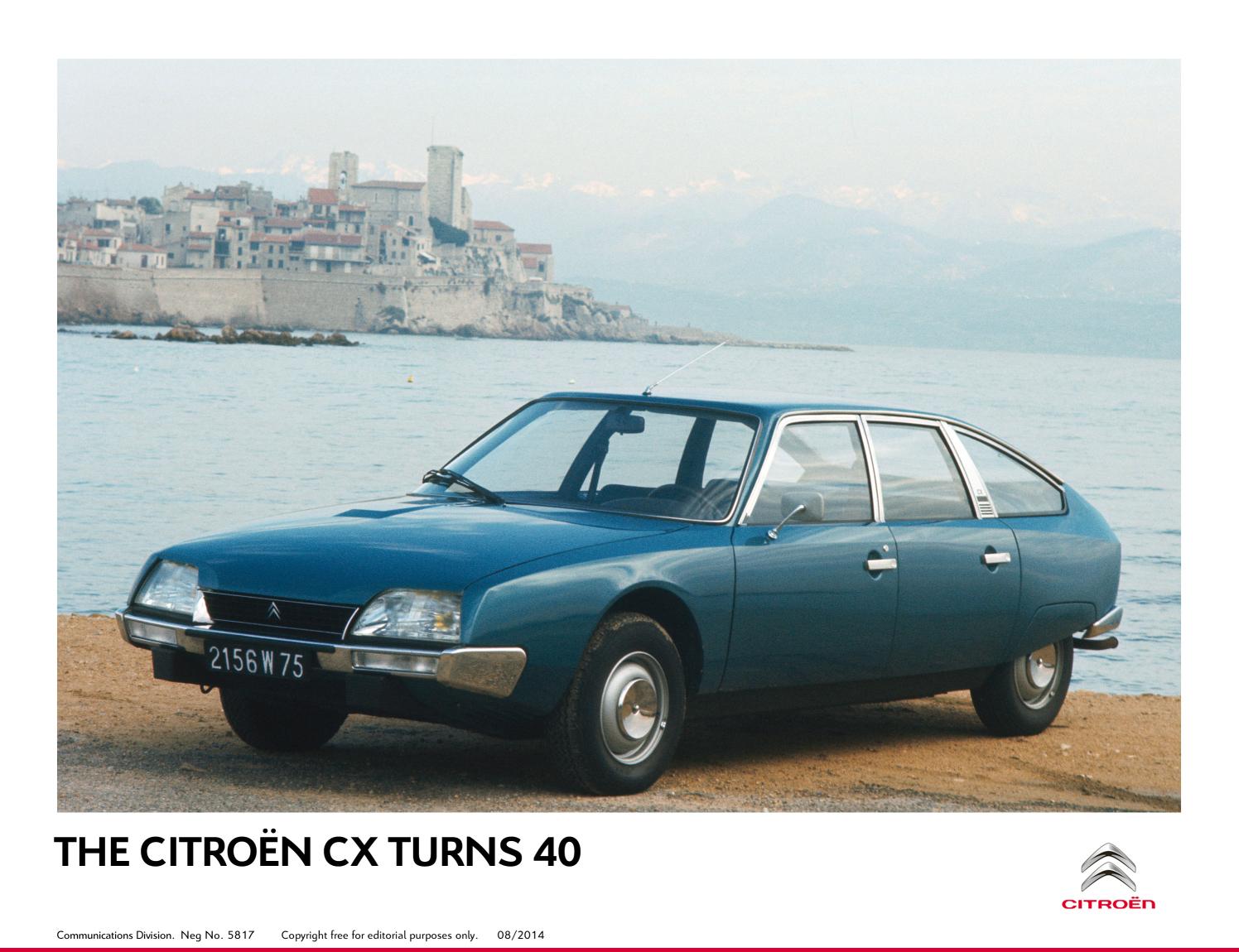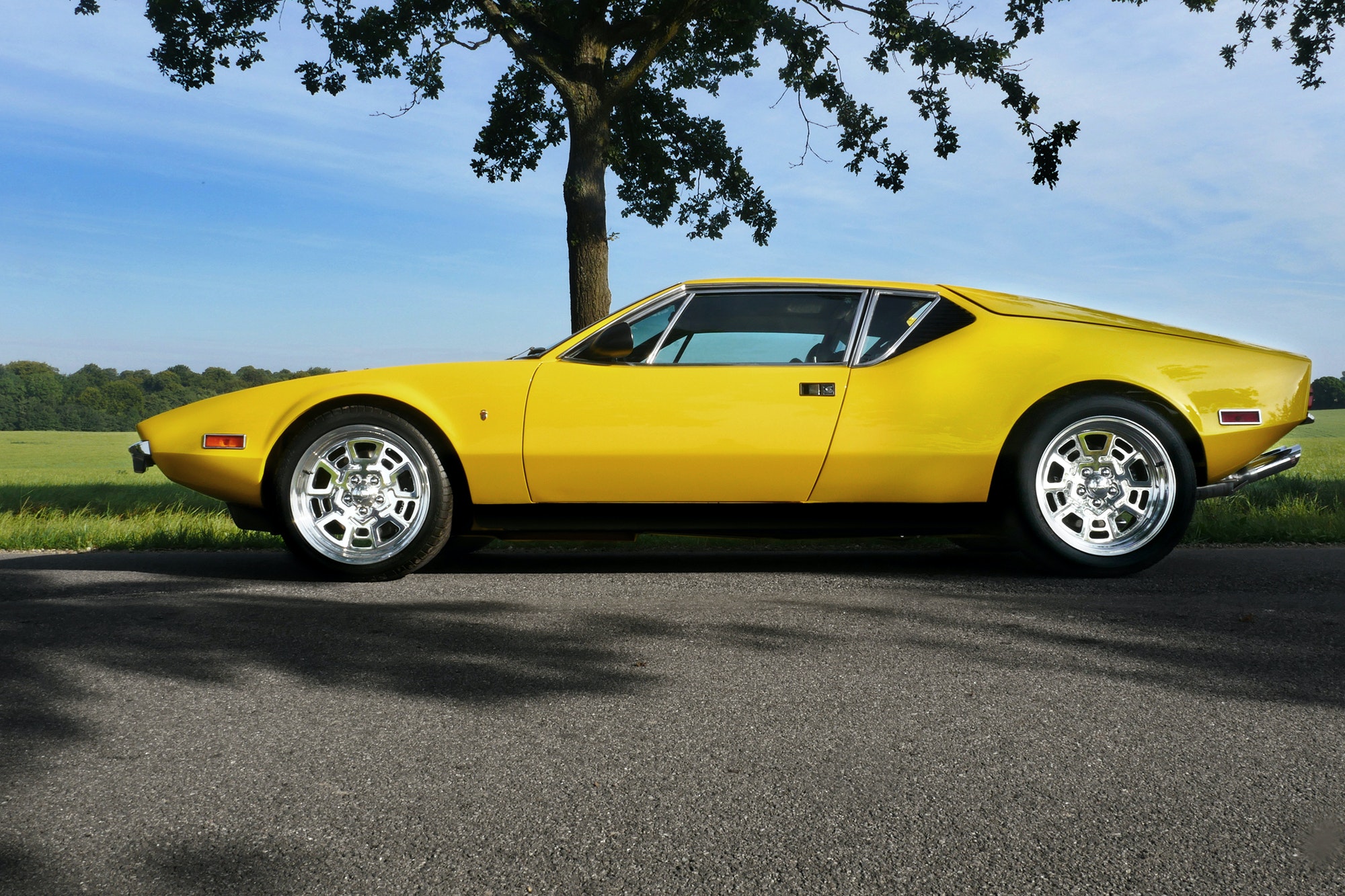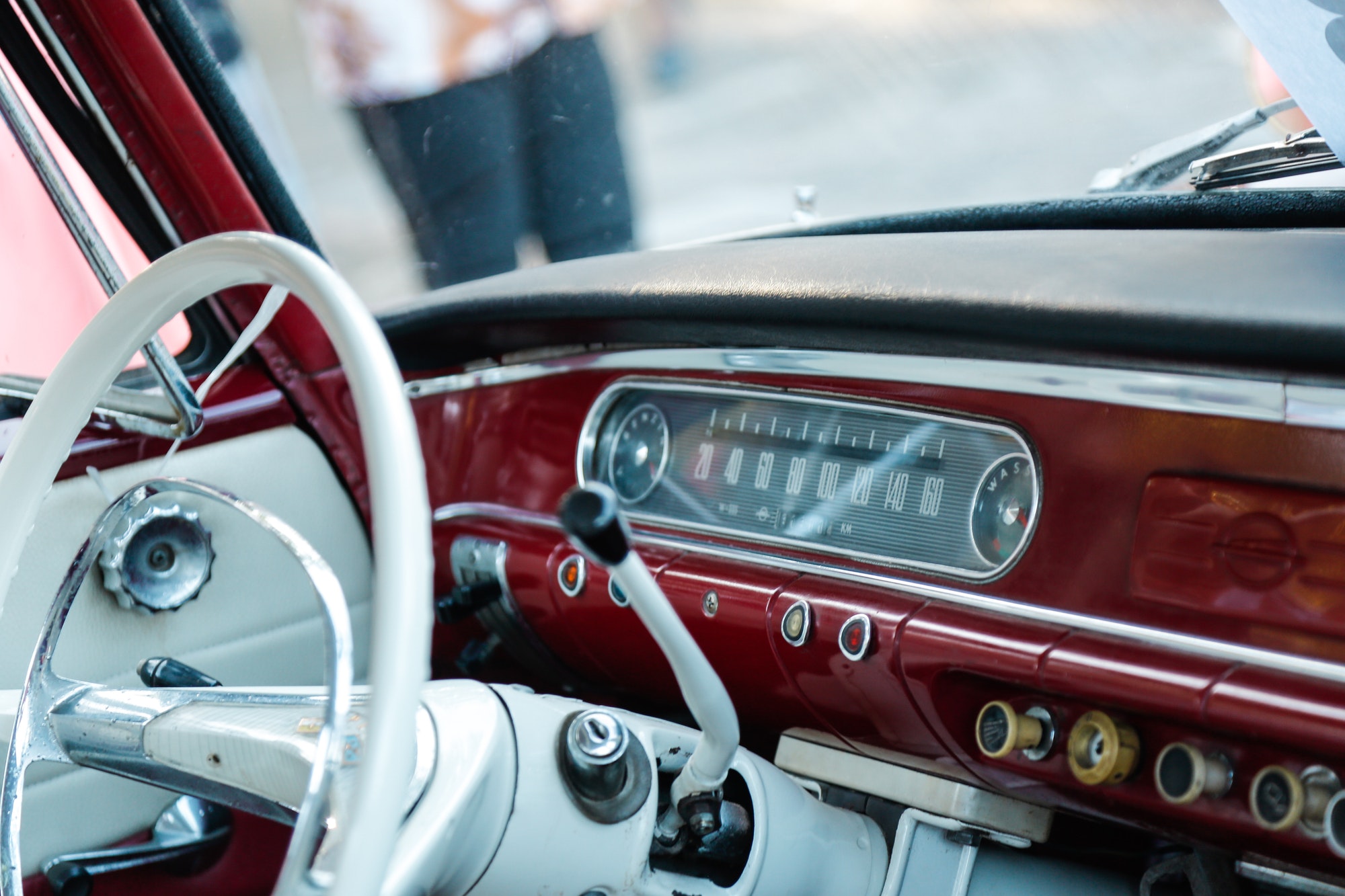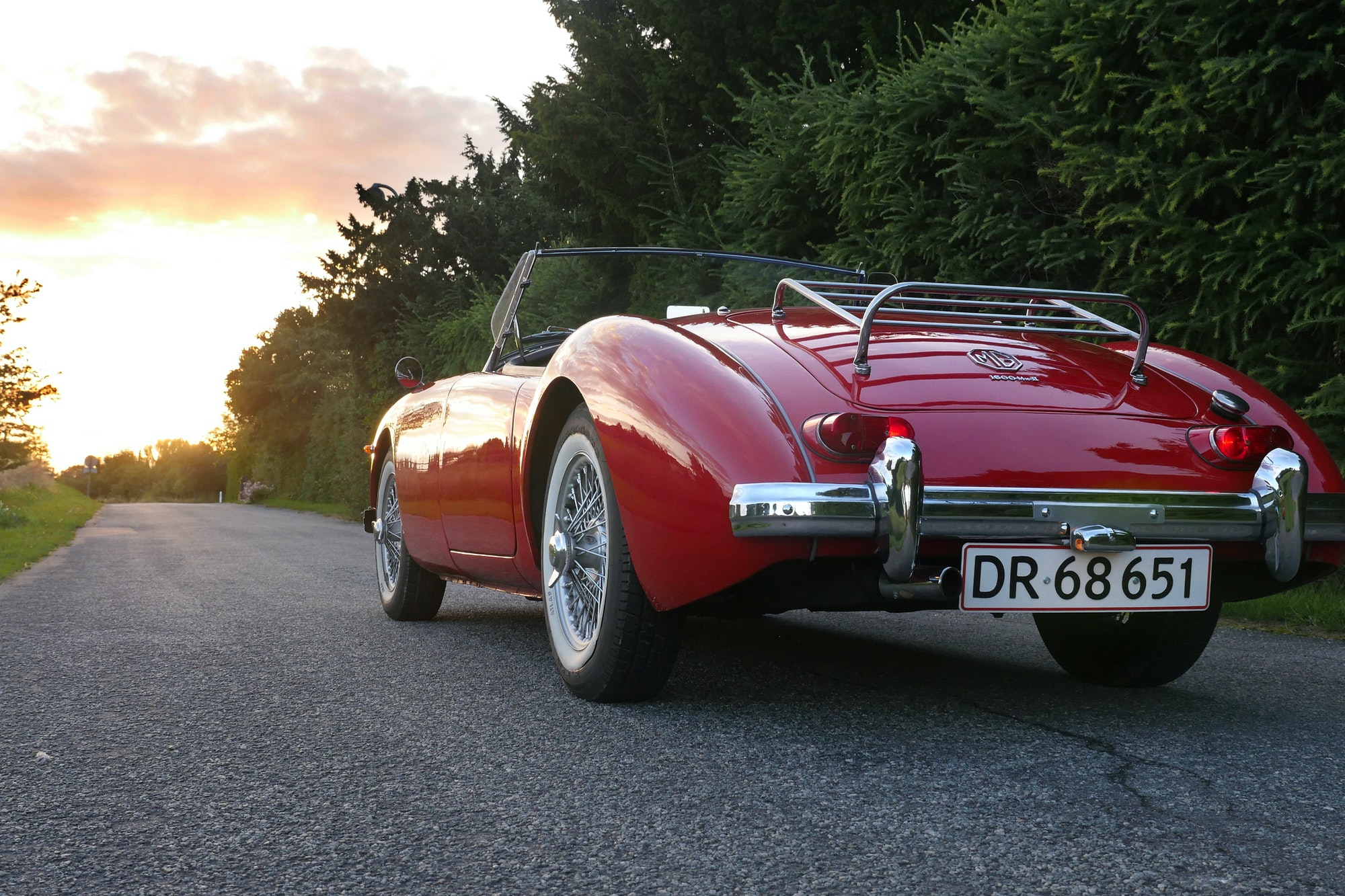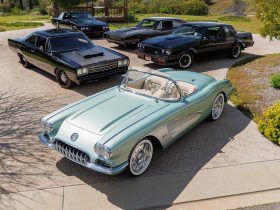Bringing home a classic car is akin to owning a piece of automotive history that, if you’re lucky, you still get to drive. Taking care of these iconic examples of engineering excellence is different from how you’d manage and maintain a more modern vehicle.
Whether you’re buying your first classic or your 50th, here are some tips to help you take the best possible care of your investment.
Keep Things Clean
One of the cardinal rules of owning and maintaining your classic car is that you need to keep it as clean as possible, both inside and out. The interior and exterior of your ride have likely seen many years and even more miles. It’s safe to assume they need a bit of TLC to keep them in tip-top shape.
Take the time to wash and wax your vehicle at least once every two weeks. Don’t go to a drive-through car wash, and don’t take it to a detailer unless they have experience working with classics. Your best bet for ideal results will be washing, drying and waxing by hand.
Check Your Fluids
The human body can’t function without blood, and your classic car can’t operate without fluids. Before you start driving, make sure you check your levels and top off anything that’s getting low. If you see something like the oil or coolant getting abnormally low, start inspecting for leaks. At the same time, keep a close eye on your gauges while you’re out on the highway. They’ll often tell you something is wrong before you notice your fluids are starting to get low.
Drive It Often
It’s tempting to set your classic car up on a pedestal to look at and admire, but that’s not what it’s for — and you’ll only be doing it a disservice. Vehicles are meant to be driven, and that’s not just allegory. If you leave a classic sitting without driving it at least occasionally, your fluids start to settle, which can leave gaskets dry and cracked. When you do start it up again, those now cracked gaskets will leak and cause even more damage.
Even if you don’t use it as your daily driver, make sure you’re starting the engine and letting it warm up regularly. Driving it is better, but this is better than nothing.
Park It Carefully
What does your driveway or garage look like? Is it concrete or asphalt, or do you have an unpaved surface of dirt or gravel? If the latter is the case, make sure you find somewhere else to park. Even in dry climates, unpaved driveways or parking spaces can allow moisture to seep up from the ground and potentially damage the undercarriage. This is a higher risk if your car sits for long periods.
On the other side of the coin, make sure you’re keeping your vehicle out of direct sunlight as much as possible. It’s not always possible to avoid those UV rays, but sunlight can damage your investment in the long run.
Store It Well
You don’t need to spend a lot of money on climate-controlled storage for a classic car, but it can help preserve your vehicle if you’re planning on keeping it for show instead of driving. No matter where you choose to store it, you will want to keep it away from the elements. Heat and cold, rain and ice can all damage it in different ways. An unheated garage is still better than keeping it outside, but if you have the option to utilize a climate-controlled storage facility, do so.
Inspect It Occasionally
It might look acceptable to the untrained eye, but a cursory glance isn’t going to be enough to spot growing problems that could potentially cause severe damage. Take the time to inspect your classic car from time to time carefully. Look for signs of leaks that could indicate cracked or rotten gaskets or rust that might occur if too much moisture is in the air. Giving your vehicle a once-over from time to time can help you catch problems at the start.
Enjoy Your Piece of Automotive History
Whether your favorite classic car is 20 years old or closer to 50, it takes a special kind of person to put in the work to keep these pieces of automotive history running. Don’t let that scare you away from bringing home your first one. It might be a bit harder than caring for a modern vehicle, but when you hear the roar of the engine or see the freshly waxed exterior sparkling in the afternoon sunlight, it all becomes worth it.



